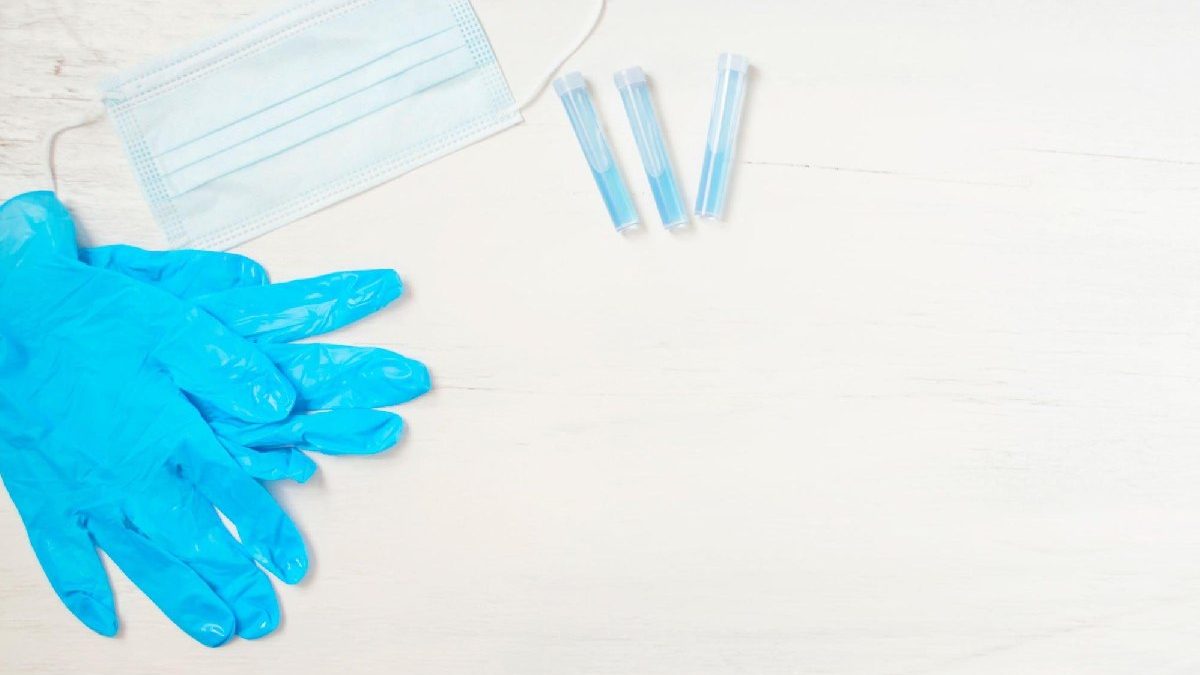The latex glove is a medical device that is widely used in health care settings. It is made of natural rubber latex and has been used for over 100 years. The material makes it easy to put on and take off, while being flexible enough to allow your fingers to work normally. In addition, latex gloves are disposable and provide an excellent barrier against germs, chemicals, and substances like blood or bodily fluids. However, choosing the right supplier and manufacturer for latex gloves can be tricky if you don’t know what you’re looking for! Here are some tips to help guide you through the process:
Table of Contents
Identify your requirements.
Once you have a good grasp on what you need to achieve, the next step is to identify your requirements. Here are some questions to ask yourself:
- What are the requirements for your latex gloves?
- What will they be used for?
- Are you looking for disposable or reusable gloves?
- Are you looking for powder free or powder coated gloves?
- Size and color
Consider buying from a local manufacturer.
When it comes to buying latex gloves, you should consider purchasing from a local manufacturer. Local manufacturers are more likely than large companies to know the ins and outs of the local market, making them perfect for those who want a glove that meets their specific needs in terms of quality or cost. They can also customize products for you if necessary, which is ideal if you have any specific requests like needing a particular size or color range.
Finally, when looking at options outside your country or state, it’s important not only that they’ll be able to deliver faster but also that they’re more flexible with delivery times and pricing so as not to leave too much money on the table by waiting until closer to end-of-season sales before placing their order (which may not even happen).
Understand the different types of latex gloves.
Latex gloves are made from natural rubber, a renewable resource. There are two types of latex gloves: medical grade and food grade. Medical-grade gloves are the highest quality and are most commonly used in clinical settings. Food-grade gloves are less resilient than medical-grade ones, but they’re still useful for certain applications where durability isn’t a priority.
Industrial-grade latex is not typically used as protective wear; however it can be used in other industries such as automotive repair or manufacturing processes that involve heat or chemicals that would damage other types of synthetic materials like PVC (vinyl) or nitrile rubber (neoprene).
Determine your budget.
After you have determined the type of glove you will need, it’s time to look at prices. First, make sure that you are familiar with all of the different manufacturers and their products. In this way, you can compare prices for different brands and determine which ones offer the best deal.
Next, consider any deals or discounts that might be available through certain suppliers. If a company offers a coupon on its website or in an advertisement for example, take advantage of this opportunity before placing your order so that more money can be saved!
Check the quality of the glove.
Here are things you should look for in a glove:
- Fit – The best fit is the tightest you can tolerate. This will help it stay on your hand and prevent contaminants from entering the glove.
- Grip – It’s essential to have a good grip with your gloves so that they don’t slip off, even when wet or oily. If there’s too much grip though, this could make it hard for you to pick up small objects such as screws or wires — but if there isn’t enough grip, something like sandpaper might be able to get inside of your glove!
- Feel – Not only does feel matter when picking out a brand new pair of gloves but also when deciding whether or not they’re still good after being used multiple times throughout their lifetime (if possible). Some materials such as latex are softer than others like nitrile rubber so if someone prefers feeling soft material then this can be considered when making purchases over time before purchasing anything else later down the road.”
Choose a certified supplier.
When you’re looking for a supplier, it’s important to choose one that is certified by a third party.
You should look for certifications like ISO 13485, GMP, and BRC/IoPP. While these certifications are not required for latex gloves, they’re often good indicators of quality.
In addition to this, it’s best to choose a supplier who has been accredited by an outside agency. Such as the Food and Drug Administration (FDA) or Good Manufacturing Practices (GMP).
Conclusion
In conclusion, we hope that this guide has helped you better understand how to find a latex glove supplier. You can now look at the types of gloves available and determine which ones are best suited for your needs. We also suggest that you find a certified supplier who will ensure high-quality products that comply with all safety standards.

